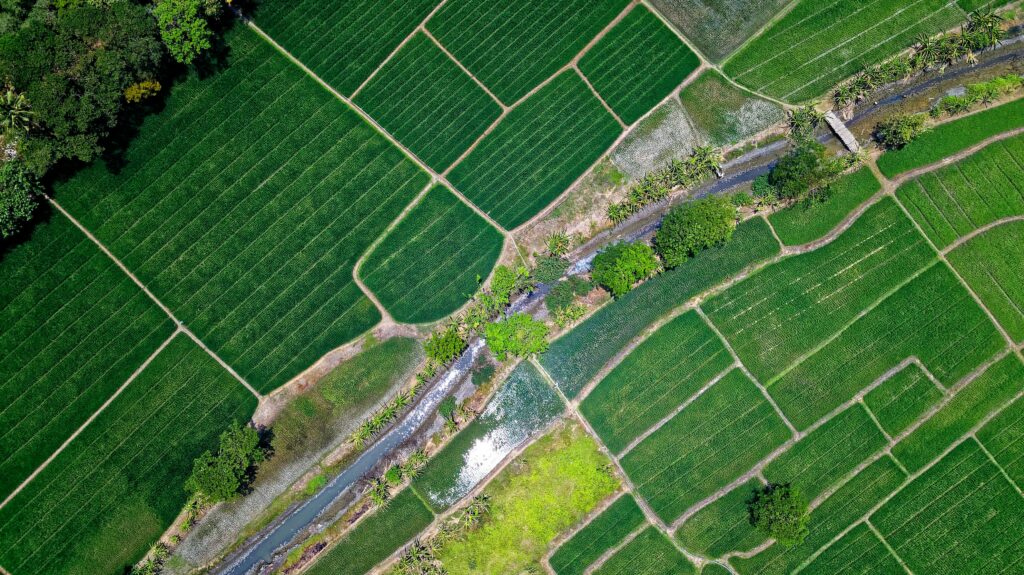In the face of rapid population growth and climate change, the quest for global food security has never been more urgent. With the global population expected to reach nearly 10 billion by 2050, ensuring that everyone has access to sufficient, safe, and nutritious food is a monumental challenge. Traditional agricultural practices, while effective in the past, may not be sufficient to meet this demand. Enter gene-editing technology—a cutting-edge approach that has the potential to revolutionize agriculture and secure the future of our global food supply.
What is Gene-Editing?
Gene-editing is a sophisticated technology that allows scientists to alter an organism’s DNA with unprecedented precision. Unlike traditional genetic modification, which involves the insertion of foreign DNA into an organism, gene-editing enables the precise manipulation of specific genes within the genome. One of the most well-known gene-editing tools is CRISPR-Cas9, which has been heralded as a game-changer in the field of genetic research.
In agriculture, gene-editing offers the potential to create crops that are more resilient to environmental stressors, have higher nutritional content, and require fewer resources to cultivate. This technological advancement could play a crucial role in addressing the challenges of food security in an increasingly unpredictable world.
Enhancing Crop Resilience
One of the most significant benefits of gene-editing in agriculture is the ability to enhance crop resilience. As climate change continues to exacerbate extreme weather events, crops are increasingly vulnerable to droughts, floods, and other environmental stressors. Traditional breeding methods can take decades to develop new crop varieties that can withstand these challenges. However, with gene-editing, scientists can rapidly develop crops with enhanced resistance to such conditions.
For example, researchers have successfully used CRISPR to create drought-resistant rice and wheat varieties. By targeting specific genes that regulate water usage, these crops can survive and thrive even in water-scarce environments. This is particularly important for regions where water resources are limited and droughts are becoming more frequent.
Improving Nutritional Content
Gene-editing also holds promise for improving the nutritional content of crops, which is essential for addressing malnutrition and promoting public health. In many parts of the world, staple crops like rice, maize, and wheat lack essential vitamins and minerals, leading to nutrient deficiencies in millions of people.
Through gene-editing, scientists can enhance the nutritional profile of these crops. For instance, researchers have developed “Golden Rice,” a variety of rice that has been engineered to produce higher levels of beta-carotene, a precursor to vitamin A. Vitamin A deficiency is a leading cause of blindness in children and can also weaken the immune system, making people more susceptible to infections. By increasing the levels of essential nutrients in staple crops, gene-editing can help combat malnutrition on a global scale.
Reducing Environmental Impact
Another critical aspect of gene-editing in agriculture is its potential to reduce the environmental impact of farming. Traditional agriculture relies heavily on chemical inputs such as fertilizers and pesticides, which can have detrimental effects on the environment. Excessive use of these chemicals can lead to soil degradation, water pollution, and loss of biodiversity.
Gene-editing can help address these issues by creating crops that require fewer chemical inputs. For example, researchers are working on developing crops that are naturally resistant to pests and diseases, reducing the need for chemical pesticides. Similarly, gene-editing can be used to improve the efficiency of nutrient uptake in plants, decreasing the need for synthetic fertilizers.
Ethical Considerations and Regulatory Challenges
While the potential benefits of gene-editing in agriculture are immense, the technology is not without its ethical considerations and regulatory challenges. One of the primary concerns is the potential for unintended consequences, such as off-target effects, where unintended changes are made to the genome. There is also the question of how these genetically edited crops will be regulated and whether they will be accepted by consumers.
To address these concerns, it is essential that gene-editing research is conducted with transparency and that robust regulatory frameworks are established to ensure the safety and efficacy of gene-edited crops. Public engagement and education are also crucial in fostering acceptance and understanding of this technology.
Conclusion
Gene-editing represents a promising tool in the fight for global food security. By enhancing crop resilience, improving nutritional content, and reducing environmental impact, this technology has the potential to transform agriculture and ensure that we can feed the world’s growing population. However, careful consideration of the ethical and regulatory implications is necessary to fully realize its potential. As we look to the future, gene-editing may indeed be a cornerstone of a sustainable and secure food system.










